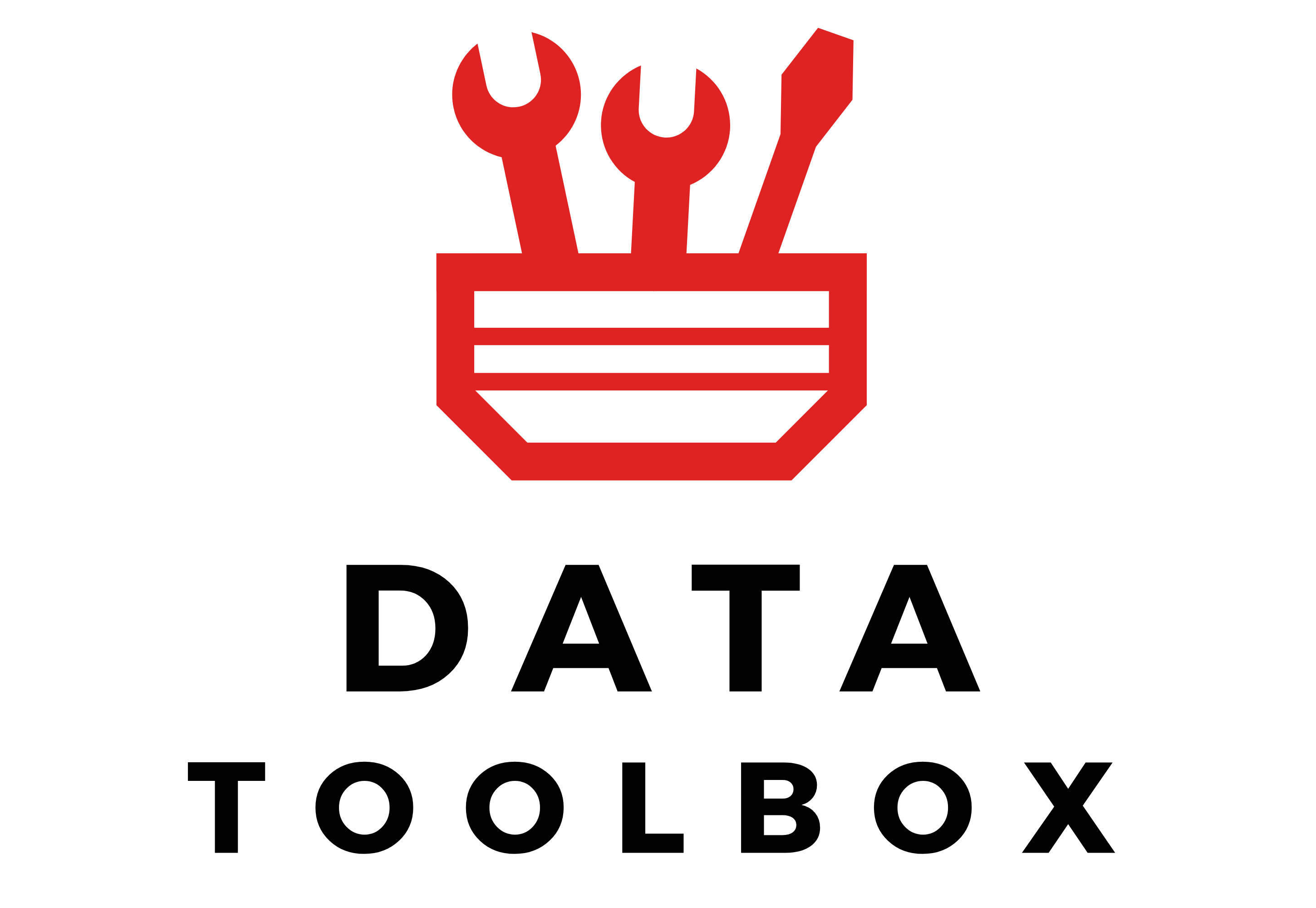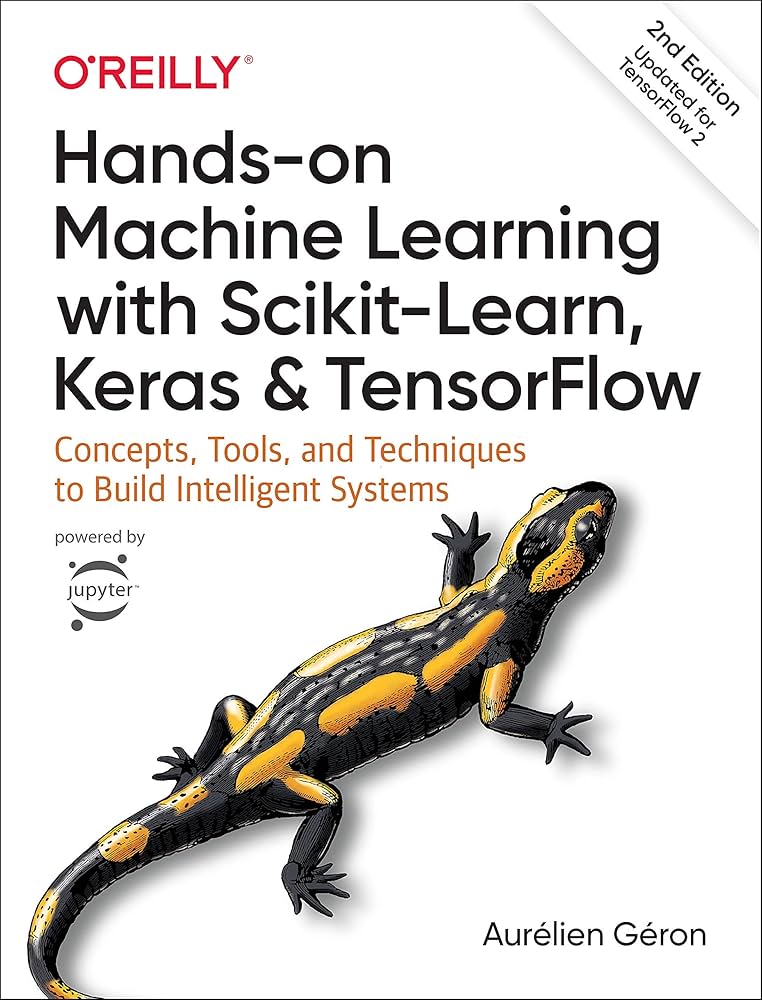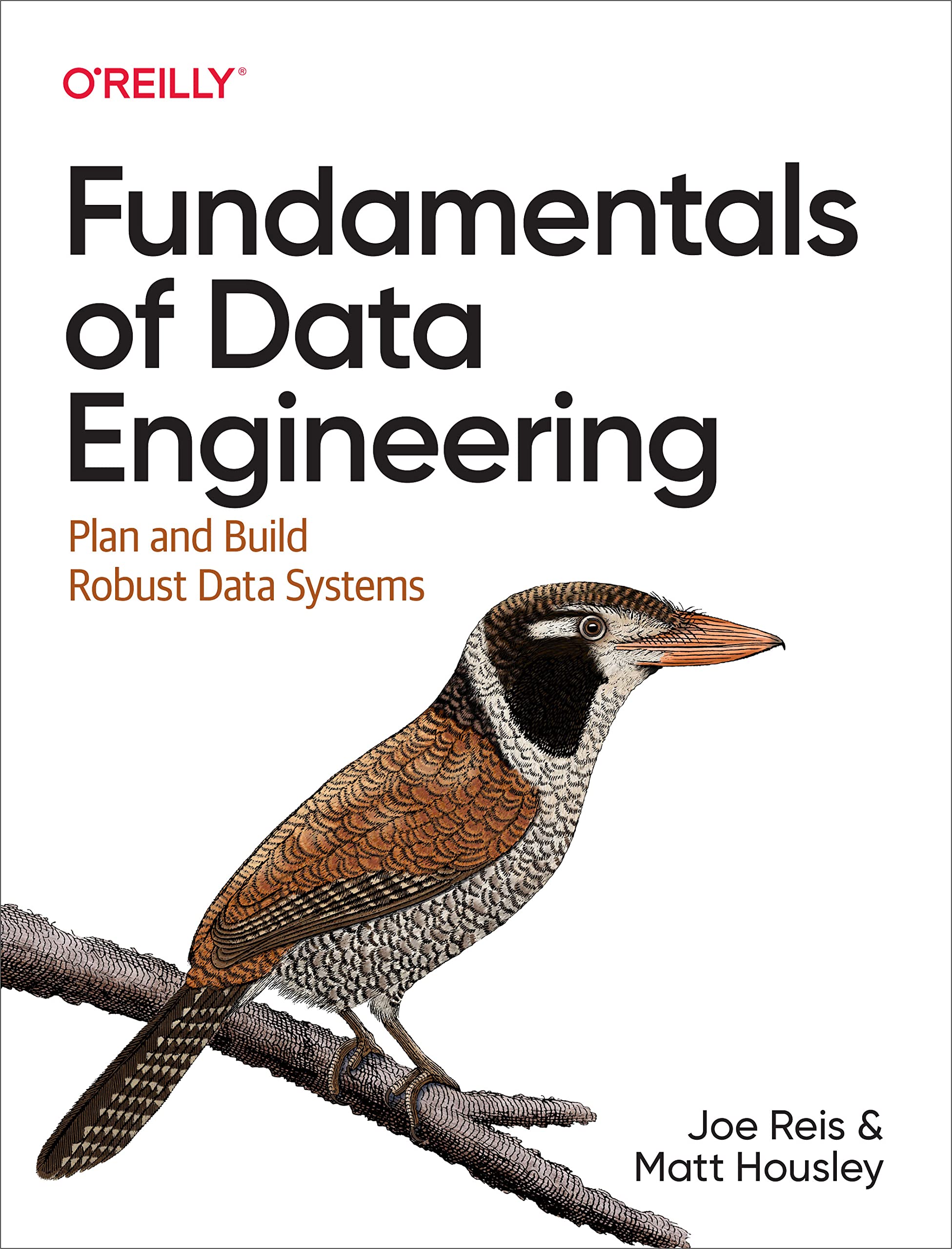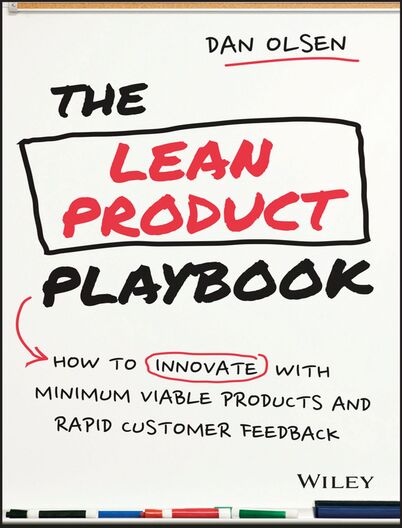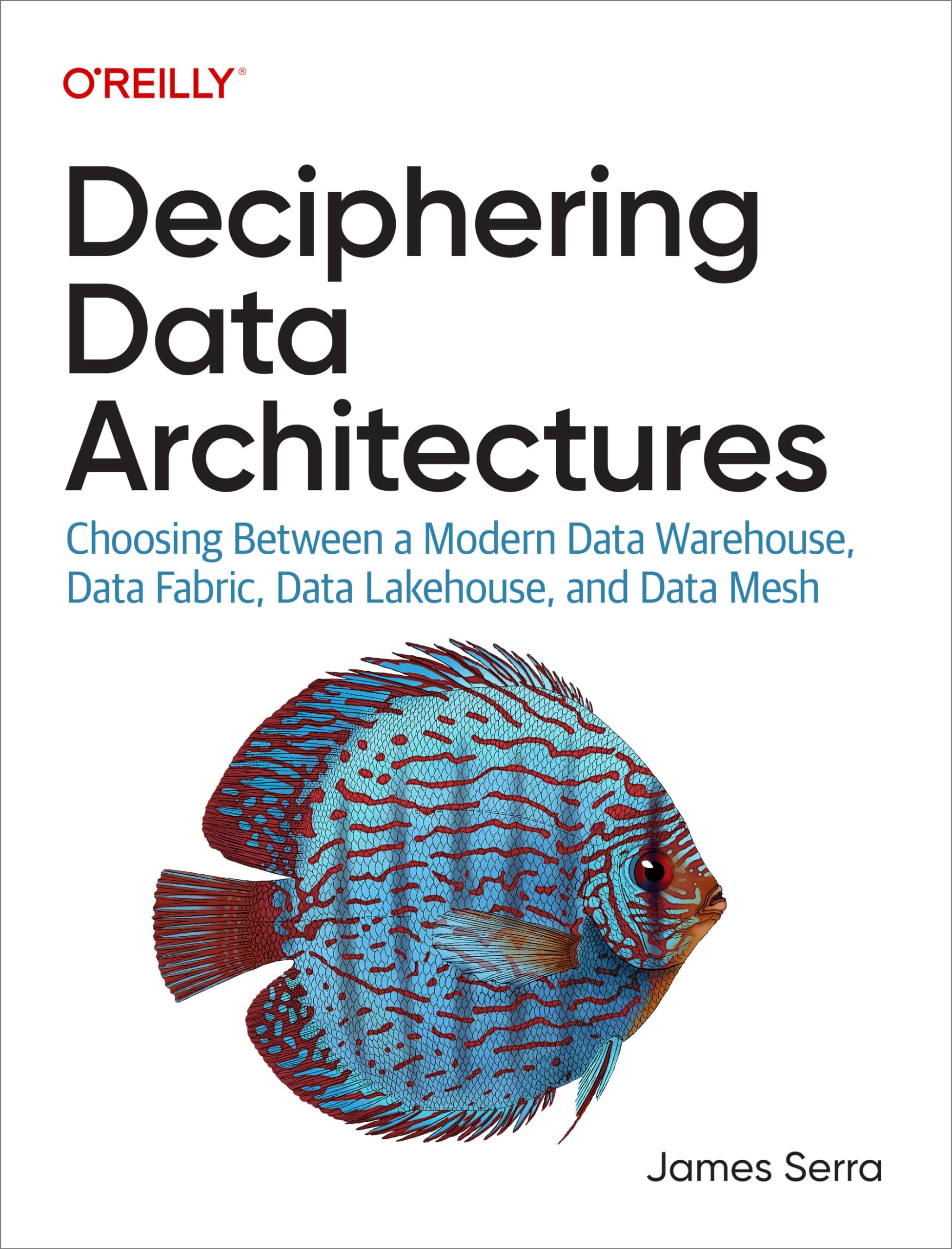Hey data explorers 👋 Ready to turn raw logs into AI magic? Meet the 6 Vs and see how tidy data fuels every winning project.
Articles on Data Analytics, Data Engineering, Data Strategy, Data Science and AI.

Browse our main categories
Best of articles
Still living on CSV? Discover how Parquet cuts storage bills and how Delta, Hudi and Iceberg add ACID power and time travel to your lake.
We scraped 2500 job posts to map the hottest data skills in a glowing galaxy. Spot where Python, SQL and DevOps really rank.
It’s often confusing to define what really makes a Data or AI Product. This article breaks it down into false friends, enablers, and product families.
You wouldn’t fly blind without instruments, so why lead a company without data? This article explores why data is your cockpit.
Power BI is not PowerPoint + Excel, but a full analytics engine where your architectural choices can MAKE or BREAK your dashboards.
Warehouse, Lake, Lakehouse, Fabric, Mesh, five blueprints to tame data sprawl. Find the one that fits your reality.
Covers the classic warehouse, batch ETL, clean core tables, star marts for BI, shows why strong SQL and one truth still matter.
Sprint or marathon? OLTP keeps apps lightning fast, OLAP digs deep for insights. Learn why one engine can’t do both and how to keep each at top speed.
Shows why mutable versus immutable data shapes the schema, compares event sourcing, slowly changing dimensions and snapshots.
Picking a database is like choosing shoes for a race. Relational, document, graph or wide-column, find the pair that carries your data across the finish line.
Bring out your inner Mr. Clean, because clean data means trusted insights, smarter decisions, and dashboards that actually tell the truth.
